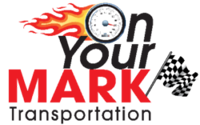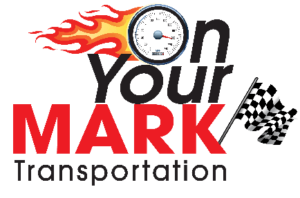“Teaching moments” are most effective when done in real-time. Historically, in the transportation industry, the group of employees who had the most responsibility, and could put your company and lives at risk, had no supervision while they were working. You could catch, and correct, mistakes by office people and mechanics in real time, but drivers were out there on their own.
The first sign of trouble might be a nasty letter from a passenger, or a court summons, days after the incident. Worst case would be seeing it as a Fox News Alert. There was no opportunity to observe, and correct mistakes on the spot. Sometimes we tried the “organic method” by “ghosting”” some runs, but even then, criticism came after the act and could be subjective.
New electronics are opening an era where you may be able to exercise some real time management of your drivers. This is not to imply that coach operators are flighty, but it offers opportunities on two fronts. Bus drivers are similar to many other groups, in that there are good ones, and bad ones. The new technology is going to help make objective judgments as you sort the wheat from the chaff. Second, the electronics will make it possible to break bad habits, and refine skills, in the good ones.
Here are 4 ways in which you can utilize technology to oversee and train your drivers.
- Simulators have come a long way, in terms of realism and affordability. They offer the opportunity for drivers to practice, with you observing, all sorts of situations where you might be hesitant to risk a real coach. In many cases you can rent time, and put drivers through realistic situations without bending metal.
- Event recorders. There is a variety of on-board safety equipment currently available, with more on the horizon. One such pivotal tool is event recorders, which have been with us for a while. Savvy drivers will do all sorts of good things to avoid setting off the nasty little light that glows when they exceed preset G forces. Sometimes they even resort to driving smoothly. These gadgets also provide a visual, audio and data record for every accident, or sudden stop.
- GPS remote monitoring. Many GPS systems allow you to know exactly where your coach is, at all times, and how fast it’s going… right from your desk. They can be set to alert you when certain speeds are reached, or if the bus goes off route or schedule. Some of the new tire monitoring systems can be tied into the GPS communication, so you can call your driver and alert him to a tire running hot.
- Onboard computers have been around for a while, and while not strictly “real time”, you can download all sorts of information, such as speed, fuel consumption, and hard stops. Some sophisticated operators pay drivers a bonus for things such as staying within speed parameters, or fuel efficiency.
Other advances in technology help drivers manage their own schedules. One new tool is the means to electronically record and track driver’s hours of service. Technology also now exists to monitor a driver’s eyeball for signs that they are about to fall asleep, and make some sort of emphatic suggestion that a stop is in order.
Companies now have more opportunities to manage and train drivers than ever. By selecting the right equipment, you can help protect your company from unnecessary risks. You’re going to be held responsible for your driver’s actions, so why not have a measure of control?

